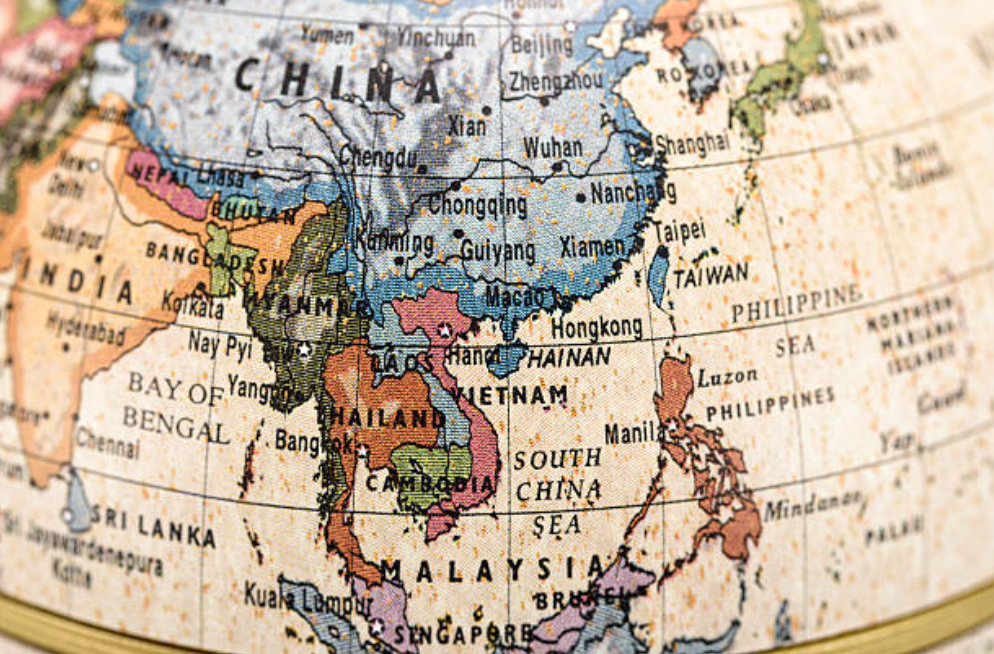In this cool and windy season in the Philippines during the 3rd or 4th quarter of the year, it is expected that northeast monsoon or “hanging amihan” usually blows down to Southeast Asia.
The wind coming from Siberia and China is characterized by the cold wind and slight to moderate rainfall.
Filipinos usually enjoy the cold weather as a respite from the dry season where temperatures shoot up to 45 degrees Celsius.
However, unknown to some, the same winds carry harmful particulates from highly industrialized areas in northeastern China.
How is this possible?
A recent study by the University of the Philippines’ Institute of Environmental Science and Meteorology (IESM) released the study this week saying that these harmful particulates usually reach the northernmost tip of Luzon.
The study, commissioned by the Department of Science and Technology, conducted the measurement in Burgos, Ilocos Norte every quarter of the year from 2015-2017.
This was done by meteorologist and UP associate professor Gerry Bagtasa.
In an interview with GMA News, Bagtasa said they’ve observed that there’s always an increase during their measurement of particulates there and their analysis showed it’s coming from northeast China.
He explained that it couldn’t come from local sources since there’s no presence of large coal-fired powerplants in northern Luzon.
Their analysis also showed chemicals like chromium and cadmium that they found mixed with the air particulates is usually present in areas surrounded by industries like coal power plants and gasoline storages.
These chemicals, if an individual is highly exposed, may cause health concerns.
Although the particulates are too low to have any effects on one’s health, still Bagtasa believed this is “alarming” that it reached Philippine soil.
However, he added that there’s nothing they can do to prevent it since it comes along with the wind pattern.
Has China done anything about this?
Bagtasa cited the country has already implemented measures to decrease their emissions by 20 percent for the past five years.




